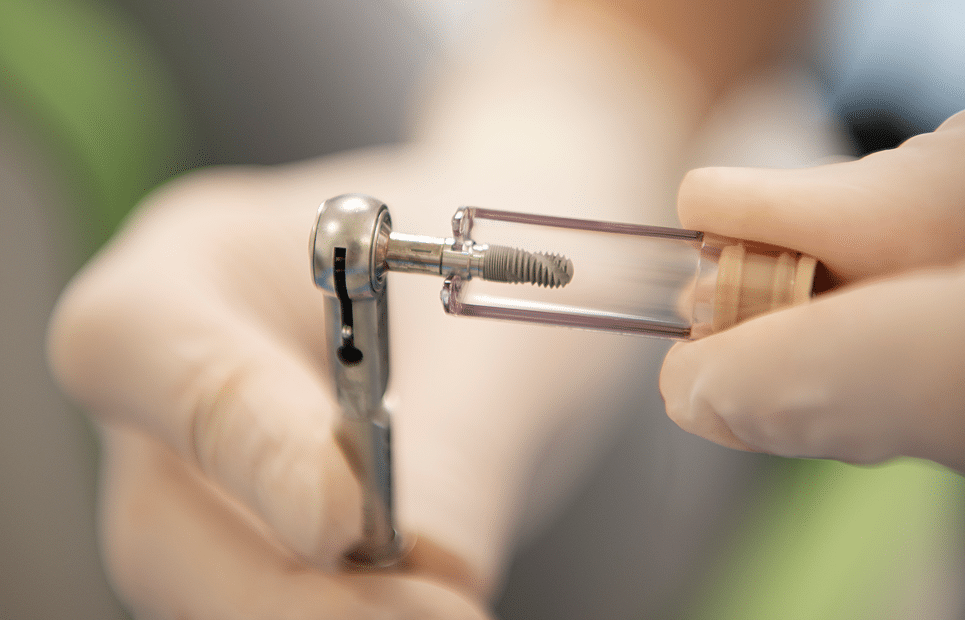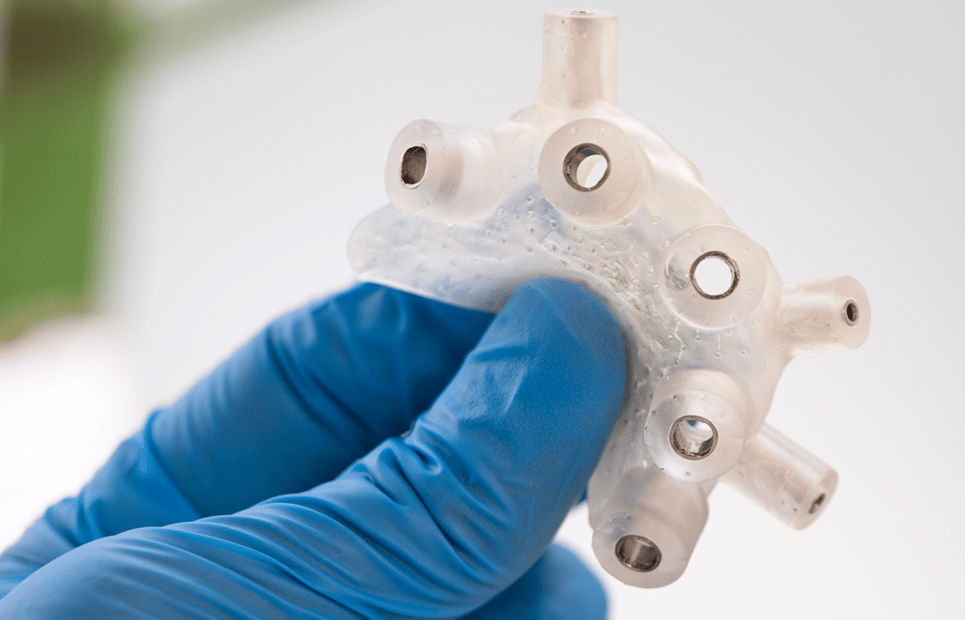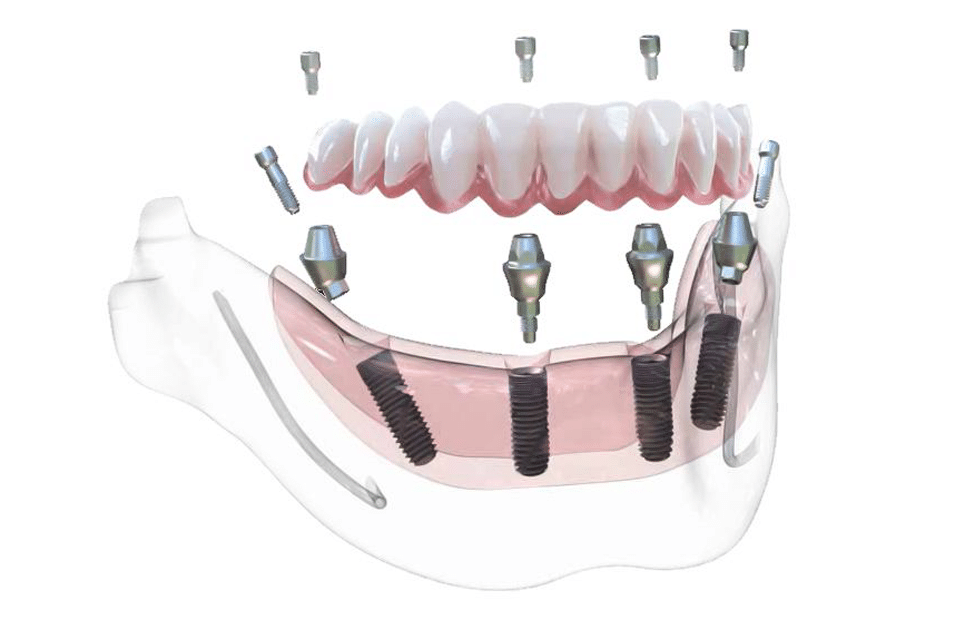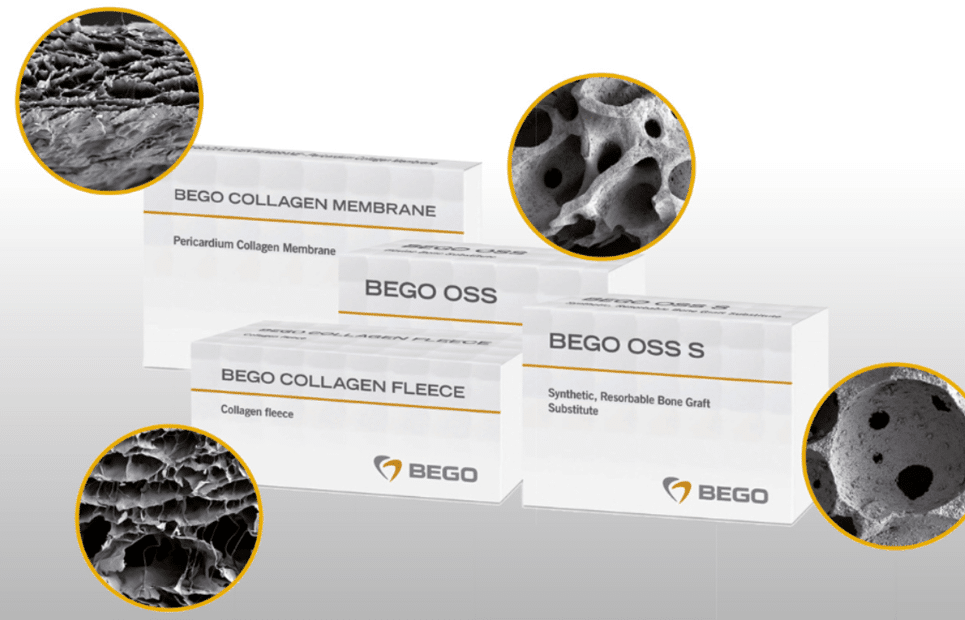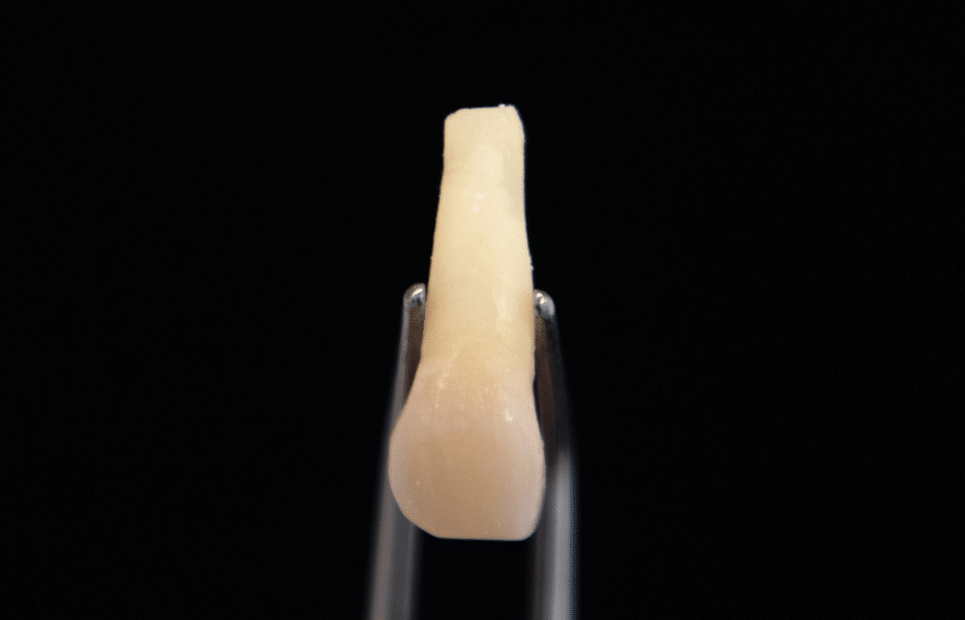Dental implants
In the case of missing one, many or even all the teeth, or as an alternative to bridges, dental implants are the newest and most modern solution. Its advantage consists of not having to prepare and thus irrevocably alter healthy teeth to be pillars for bridges, but an implant inserted into the bone – replacing the missing tooth’s root – can hold crowns and bridges itself. In the case of full edentulousness, implants can either restore enough teeth in order to be pillars for a fixed bridge, or can act as anchors for a removable partial denture, in this case not allowing it to slide freely on the gingiva, like a traditional dentures do. This procedure requires adequate quantity and quality of bone of the jaws, and also satisfactory general health of the patient. The implant consists of a screw made of titanium, which is inserted into the jaw bone, after which it must remain in the bone for 3-6 months (depending on the quality of the bone). Only after the complete ossification can we fit a crown on top of this artificial root. During this time, if neccessary, a provisional bridge will be fabricated for aesthetic reasons. If the ossification is successfull (about 98% success rate), after taking special imprints of the implant, the crown will be manufactured, which afterwards can be used like a natural tooth. Our Bego Semados implant system (made in Germany) is among the best, with extremely accurate implant-abutment fit and great resistance to the forces of mastication.
Implant insertion with surgical guide
When there is very little bone available to the dentist to insert the implant, when the angle of implant insertion is very important for the preparation of the final prosthetic work and when implants must be used in dangerous places (for example, in the immediate vicinity of blood vessels and nerves), the specialist may decide to use a surgical guide. The surgical guide is prepared based on a three-dimensional CT X-ray image and a digital scan of the oral cavity by the dental technician and dentist together, using a 3D printer, after a long and precise planning. The advantage of the surgical template is that the implant is inserted exactly at the place and at the angle we planned, so its use guarantees a completely controllable and predictable result.
All-On-Four implant system
In cases where a patient does not have any teeth left or all of them need to be extracted, one of the best solutions may be an All-On-Four implant system. The surgical procedure is not the easiest, but its benefits are undeniable: not much bone is needed to insert the implants; we only use 4 implants, so the end result will be cheaper; we do not get a removable end result, but a fixed denture; a few days after the implants are inserted, you already get a fixed denture in your mouth, which is not the case in traditional implantation cases. The disadvantage is the still relatively high price, and the fact that certain conditions must be met in order for the fixed denture to be placed in the mouth immediately. Nevertheless, the benefits far outweigh the disadvantages, with many patients traveling from abroad to our clinic just for this treatment.
Sinus lift and bone addition
After losing the teeth in the lateral areas of the maxilla, the sinus „descends”, thus leaving too little bone available for implants. If we still would like to use implants in these areas, the floor of the sinus must be surgically lifted and artificial bone added, protected with a membrane, after which the implant can be inserted. Bone addition may be needed at other times as well, in cases where more bone is needed than is found naturally at the site. This may be the case, for example, before or during implant insertion to increase bone mass, or for aesthetic reasons.
Root resection
If, for some reason (broken endodontic file or post in root canal) an infected tooth cannot be root canal treated, the only treatment option besides extraction is root resection. This is a surgical intervention, during which the end of the root is removed together with the infected bone around it, through a window opened in the bone right above it. Doing so, we manage to keep the crown and part of the root of the tooth intact, free of infection. The photo is meant to show, on an extracted tooth, how much the surgeon cuts off the end of the root in order to save the entire tooth.

